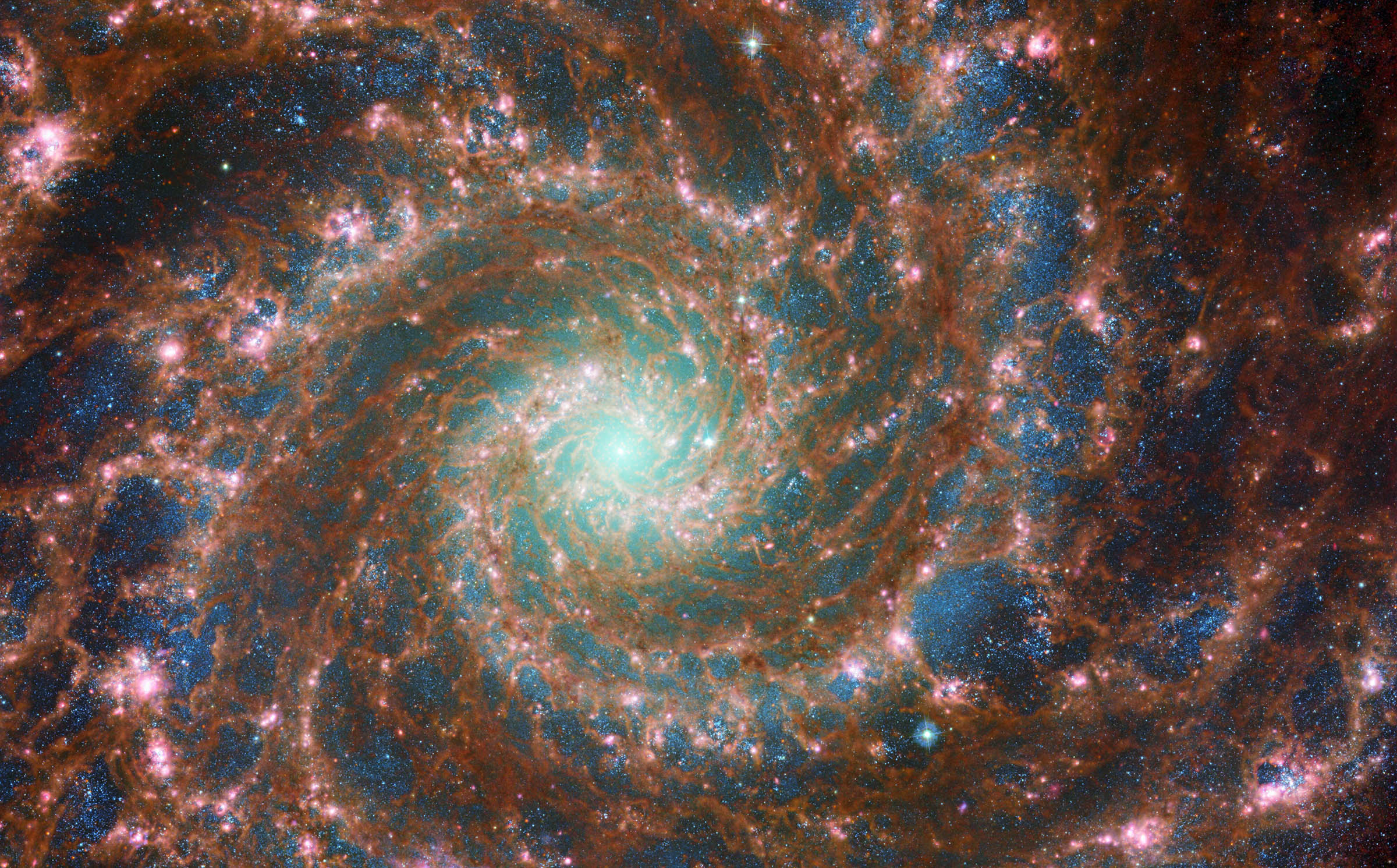Scientists In Canada Detected An 8 Billion-Year-Old Radio Signal In A Distant Galaxy
Scientists have detected a record-breaking radio signal from atomic hydrogen in a very distant galaxy. The galaxy that the signal originated from is believed to have come from a galaxy at redshift z=1.29. Because of the galaxy's immense distance, the emission line had shifted to a 48 cm line from the 21 cm line they had expected.
This discovery is phenomenal because the galaxy that it originated from is believed to have existed when the universe was only 4.9 billion years old – making the source of the record-breaking radio signal 8.8 billion years old.
The detection was possible because the scientists used gravitational lensing to detect and follow the signal back to its source galaxy. The magnification of the lensing was a factor of 30, the scientists explained, which allowed the group to see through the high redshift of the universe. Further, the team observed that the atomic hydrogen mass of the galaxy was twice as high as its stellar mass.

These findings were published in the Monthly Notices of the Royal Astronomy Society, and they show that the overall feasibility of observing the atomic gas in galaxies at long distances. It could also open new doors for probing the cosmic evolution of neutral gas with exiting and upcoming low-frequency radio telescopes in the future.
The astronomers involved in the study work with the McGill University in Canada, as well as the Institute of Science (IISc) in Bengaluru. The team used data from the Giant Meterwave Radio Telescope (GMRT) in Pune. This instrument allowed the team to detect the record-breaking radio signal originating from the distant galaxy, allowing the researchers to dig deeper into the discovery.
By detecting these kinds of record-breaking radio signals, we may be able to use similar instances to explore the mysteries of the early universe more thoroughly.
